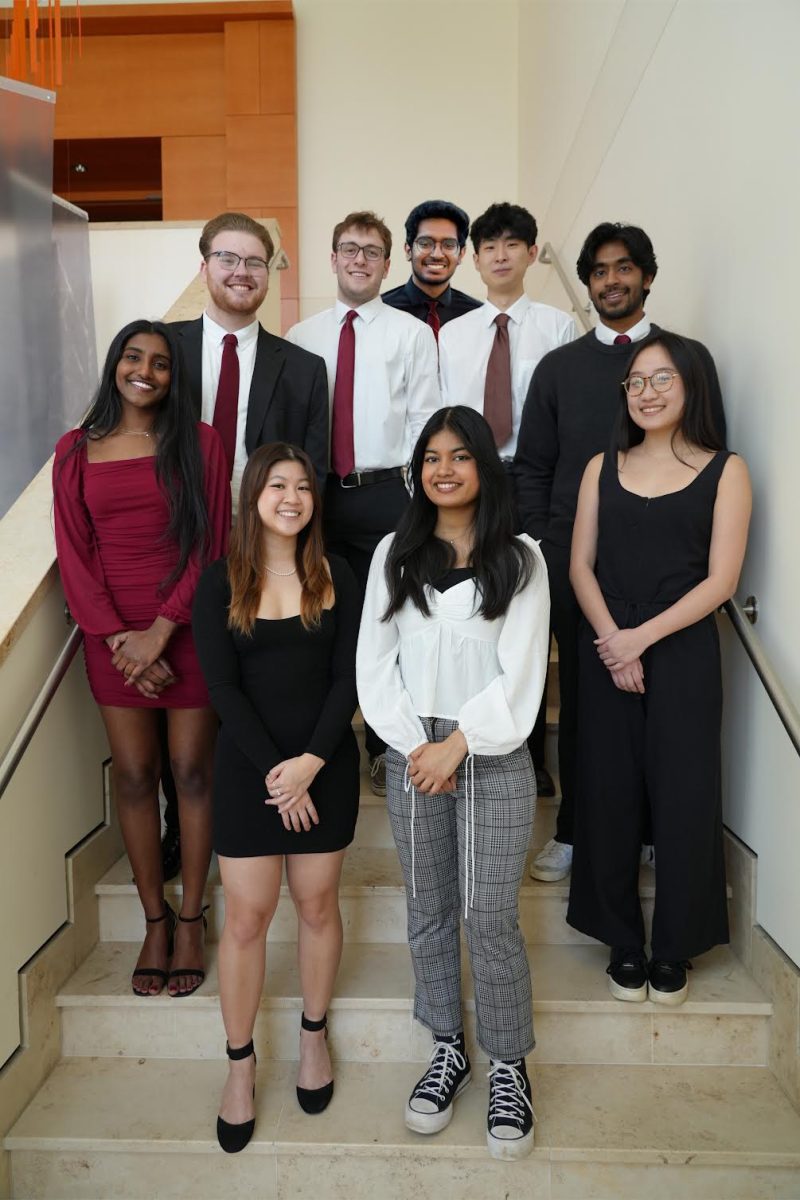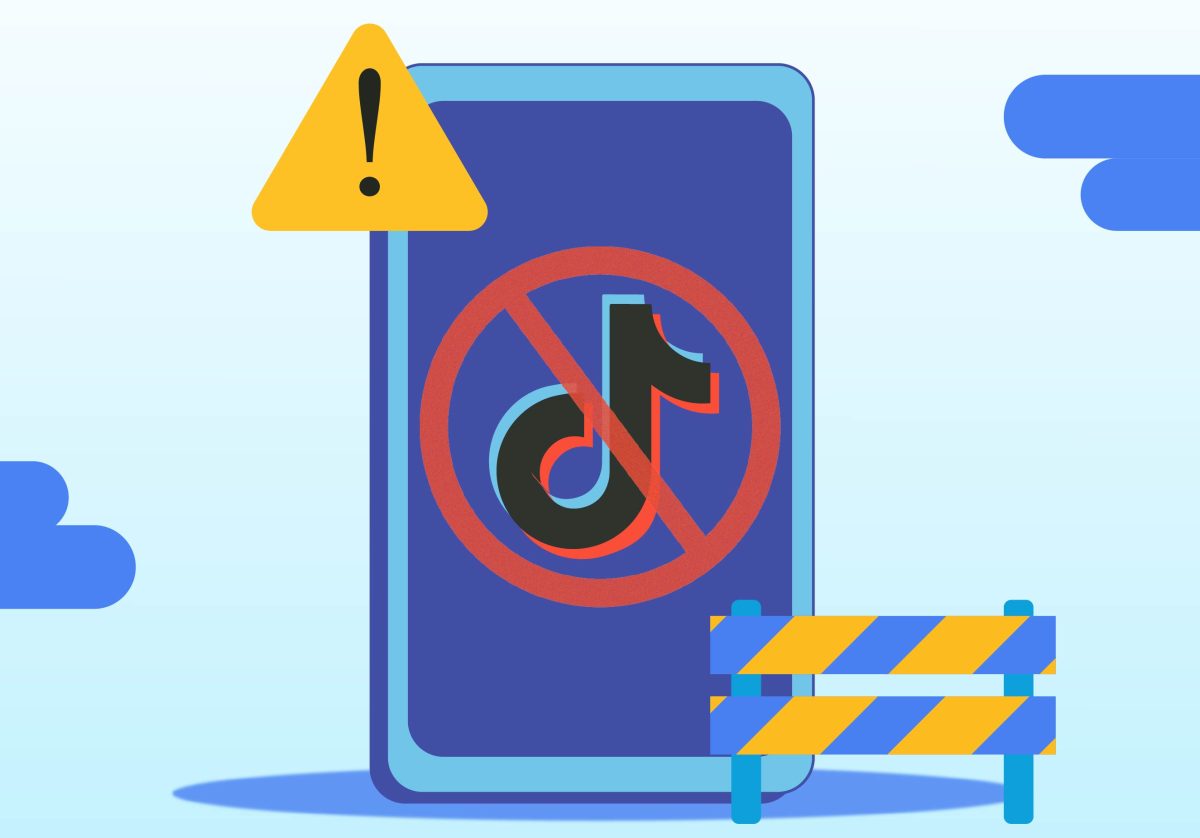Many students use television as a study break. However, more and more professors are using video screens to teach.
The University is offering 98 courses this year for academic credit through interactive video, said Billie Strand, the television production manager for University Media Resource. She said University students should expect more of these classes in the future.
“It offers a wide range of courses for people who don’t live in the Twin Cities,” Strand said.
In courses using interactive video, off-site classes are taught by a professor and broadcast via a live video hookup. Professors and students can see and communicate with each other because the medium is two-way audio and video.
The advantages of such programs, proponents say, are that they offer diverse curriculums because they take advantage of a variety of institutions’ resources.
The University Language Center, for example, has offered courses in Latin, Chinese and Russian to the Morris campus.
“It offers people the opportunity to engage in studies that they otherwise might not have had,” said Terry Kolomeychuck, coordinator of the Metropolitan Educational Telecommunications Network.
He said video teaching helps students in the long run because it familiarizes them with advanced technology.
Kolomeychuck said that the only drawback to interactive television is that students and professors are not familiar with it.
To deal with this problem, Kolomeychuck said the University is orienting both students and faculty to the new style of teaching.
“We offer faculty training programs to help them to adapt their courses to this media,” he said. “We are also producing videotapes to orient students to interactive teaching so they know what to expect.”
Jenise Rowekamp, the acting director of the Language Center, said interactive teaching is only beneficial when traditional teaching methods are unavailable.
“Nothing can replace live teaching,” Rowekamp said, adding that the foreign language courses offered to the Morris campus were “the only way that students could take those classes.”
However, Strand sees video interaction as gradually playing a larger role in University education.
“I see it in the near future as growing, then taking a backseat to individual network computers.” she said. “It isn’t good or bad, just another technology that is available to the education process.”
Kolomeychuck said he thinks interactive teaching can coexist with current educational styles.
“I don’t think it will replace traditional teaching methods,” he said. “I think there is a role for both.”
Kolomeychuck said interactive video will probably be combined in the future with other technologies such as multimedia and Internet-based courses.
Rowekamp said the University worked to ensure that students have access to individualized attention, which might otherwise be sacrificed by interactive video.
Professors will often broadcast their classes from the off-site locations, which allows them to establish a rapport with students, Rowekamp said. Professors also set up live office hours over the Internet, so students can send in questions or concerns, she added.
Strand said the University also offers telephone interview times, so that students have one-on-one communication with instructors. “We try to make it a more intimate relationship,” she said.
“There has to be a great effort on behalf of both students and professors to maintain close contact,” Rowekamp said. “You can’t just catch a professor after class.”
Despite the extra effort needed to maintain contact with professors, Strand said televised teaching creates more opportunities for education.
“It offers a wide range of courses to people who might not have access to them,” she said. “Students in Crookston are able to get different degrees because they are able to get the courses they need.”










